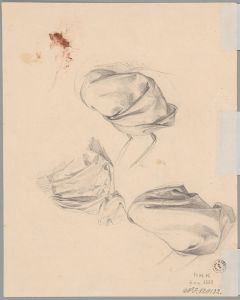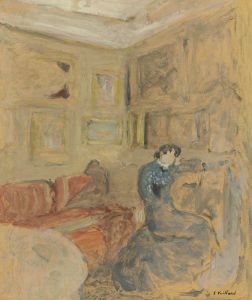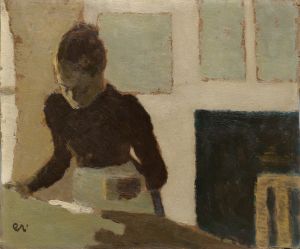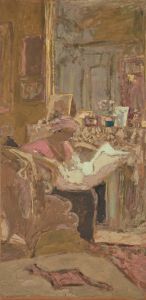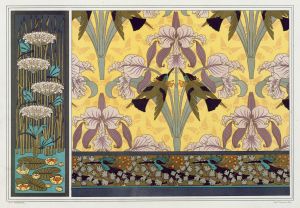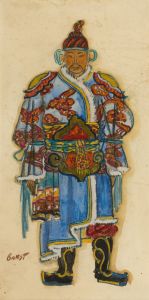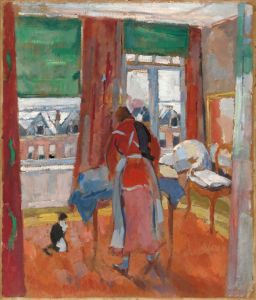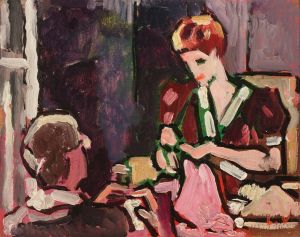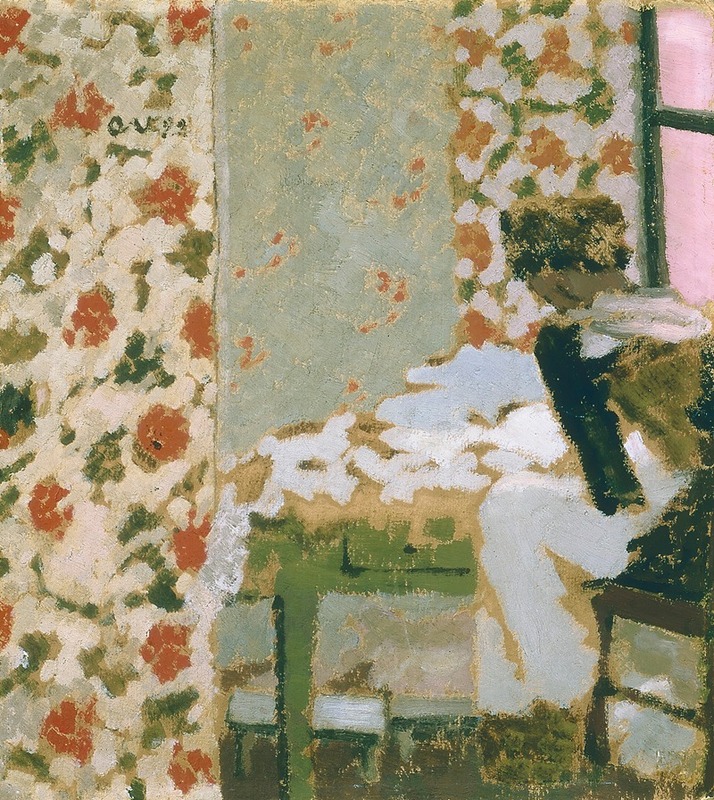
The Seamstress
A hand-painted replica of Édouard Vuillard’s masterpiece The Seamstress, meticulously crafted by professional artists to capture the true essence of the original. Each piece is created with museum-quality canvas and rare mineral pigments, carefully painted by experienced artists with delicate brushstrokes and rich, layered colors to perfectly recreate the texture of the original artwork. Unlike machine-printed reproductions, this hand-painted version brings the painting to life, infused with the artist’s emotions and skill in every stroke. Whether for personal collection or home decoration, it instantly elevates the artistic atmosphere of any space.
Édouard Vuillard, a prominent French painter associated with the Nabis group, created "The Seamstress" in 1893. This painting is a notable example of Vuillard's intimate and domestic interior scenes, which often feature his family members and close friends. Vuillard's work is characterized by its use of rich patterns, textures, and a muted color palette, which can be seen in "The Seamstress."
"The Seamstress" depicts a woman engaged in sewing, a common domestic activity. Vuillard's mother, a seamstress by profession, frequently appeared in his works, and it is likely that she served as the model for this painting. The composition captures the quiet, contemplative nature of the task, reflecting Vuillard's interest in the everyday life and the private world of domestic interiors.
Vuillard's technique in "The Seamstress" involves the use of flattened space and a focus on decorative elements, which are hallmarks of the Nabis movement. The Nabis, a group of avant-garde artists in the late 19th century, sought to break away from traditional representation and embraced a more symbolic and abstract approach. Vuillard's work often blurs the line between figure and background, creating a tapestry-like effect that emphasizes the overall harmony of the composition.
In "The Seamstress," Vuillard employs a subtle interplay of patterns and colors. The fabric being sewn, the woman's clothing, and the surrounding environment are rendered with intricate detail, yet they blend seamlessly into one another. This technique draws the viewer's attention to the act of sewing itself, elevating a mundane task to a subject worthy of artistic exploration.
Vuillard's use of light in the painting is also noteworthy. The soft, diffused lighting creates a warm and intimate atmosphere, enhancing the sense of privacy and introspection. This approach to lighting is consistent with Vuillard's broader oeuvre, where he often depicted scenes illuminated by natural or ambient light rather than dramatic contrasts.
"The Seamstress" reflects Vuillard's broader artistic philosophy, which was influenced by his association with the Nabis and his interest in Japanese prints, which were popular in Europe at the time. The emphasis on pattern, flatness, and the integration of figures into their surroundings can be traced back to these influences.
Vuillard's work, including "The Seamstress," has been celebrated for its ability to capture the essence of domestic life with sensitivity and nuance. His paintings offer a glimpse into the private, everyday moments that define human experience, rendered with a unique blend of realism and abstraction.
Today, "The Seamstress" is recognized as a significant work within Vuillard's oeuvre and is appreciated for its contribution to the development of modern art. It exemplifies Vuillard's mastery of color, pattern, and composition, and continues to be studied and admired by art historians and enthusiasts alike.





